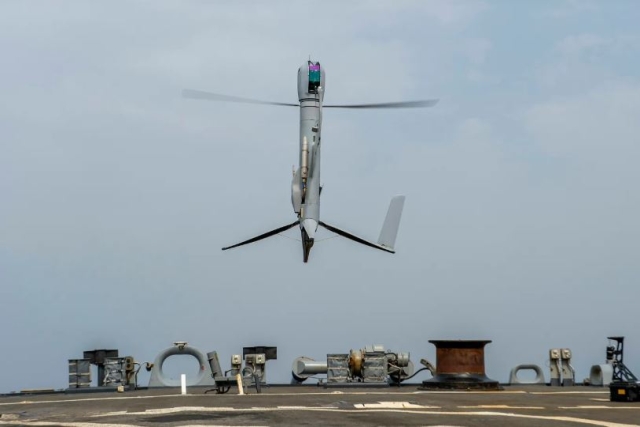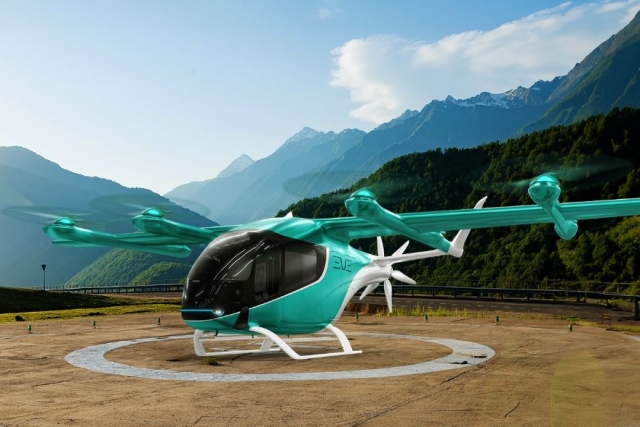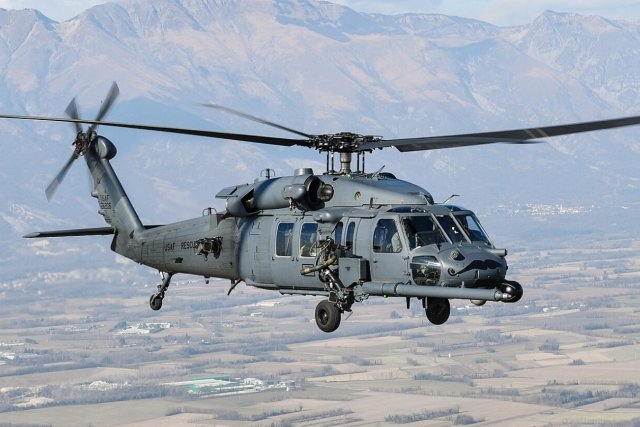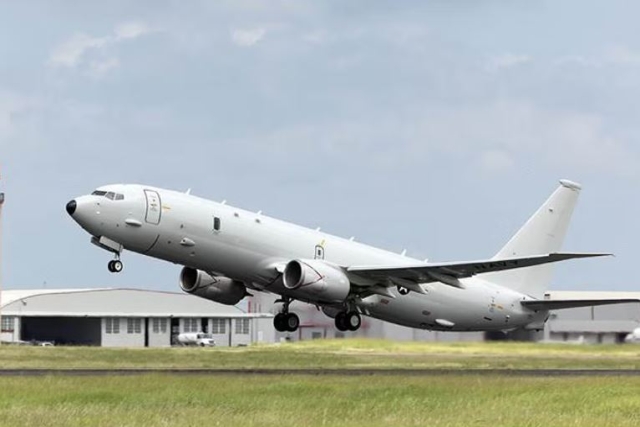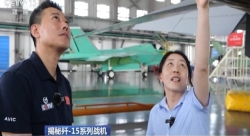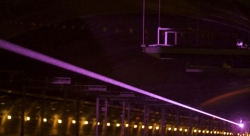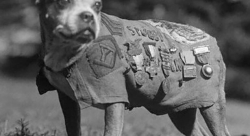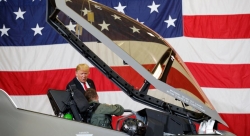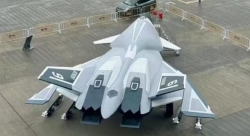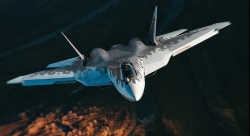Sikorsky, Northrop Grumman Progress in DARPA's VTOL UAS Development Program
Companies advance flight tests and design phases for DARPA’s ANCILLARY VTOL UAS initiative

Sikorsky, a Lockheed Martin company, and Northrop Grumman have advanced in developing vertical takeoff and landing (VTOL) uncrewed aerial systems (UAS) under DARPA’s AdvaNced airCraft Infrastructure-Less Launch And RecoverY (ANCILLARY) program.
Sikorsky is conducting flight tests to mature the control laws and aerodynamics of their VTOL UAS. This system utilizes a twin proprotor 'rotor blown wing' configuration, enabling it to take off and land like a helicopter and transition smoothly to horizontal forward flight. The design aims to enhance efficiency and scalability for long-endurance missions, such as intelligence, surveillance, reconnaissance, and targeting (ISR/T). Current tests are on a battery-powered proof-of-concept vehicle, with plans to develop a 300-pound hybrid-electric version if selected for future phases.

Northrop Grumman has also advanced to the next design phase of their autonomous VTOL UAS. This Phase 1b award includes a 10-month performance period focusing on enhancing modeling fidelity, testing critical subsystems, and mitigating technical risks. Northrop Grumman, alongside partners Leigh Aerosystems and Near Earth Autonomy, aims to develop a system capable of operating from ship decks and unprepared land surfaces in various weather conditions. The objective is to provide an affordable, long-endurance VTOL UAS that supports expeditionary deployments and responsive ISR/T operations, with multiple aircraft being stored and operated from a single ship to create a tactical multi-intelligence sensor network.
Both companies' advancements support DARPA's goal of demonstrating a Class 3 UAS VTOL X-Plane that can launch and recover without infrastructure, thereby enhancing the operational capabilities of the U.S. military.
